Let’s start to learn about the Arthroscopic Knee Surgery
Arthroscopic knee surgery is a minimally invasive procedure that has revolutionised the treatment of knee injuries and disorders. Through small incisions and the use of a camera (arthroscope), surgeons can diagnose and repair a wide range of knee issues. But when is this surgery essential? In this blog, we will explore the conditions that may require arthroscopic knee surgery and why it might be the best option for certain patients.

Understanding Arthroscopic Knee Surgery
Before delving into when necessary, let’s briefly understand what arthroscopic knee surgery involves. During the procedure, a surgeon makes small cuts around the knee and inserts an arthroscope—a small tube with a camera. This camera projects images of the knee joint onto a monitor, allowing the surgeon to see the joint structures clearly without needing to open the entire knee.
The surgeon may use special instruments through additional small incisions to treat various conditions, including cartilage damage, ligament injuries, or meniscus tears.
When Is Arthroscopic Knee Surgery Necessary?
There are several conditions where arthroscopic knee surgery is recommended. It’s generally considered after conservative treatments like rest, physical therapy, and medications have failed to alleviate the problem. Here are some common scenarios where the procedure becomes necessary:
1. Torn Meniscus
The meniscus is a C-shaped piece of cartilage that cushions the knee joint. Tears to the meniscus are common, especially in athletes or individuals who twist or rotate their knees suddenly. A meniscal tear can cause pain, swelling, and difficulty moving the knee. If conservative treatments fail, arthroscopic surgery may be required to either trim the damaged part (partial meniscectomy) or repair the tear.
2. ACL (Anterior Cruciate Ligament) Injuries
The ACL is one of the major ligaments that stabilize the knee. ACL tears often occur during sports involving sudden stops or changes in direction. A torn ACL typically leads to knee instability, swelling, and pain. If the tear is complete and non-surgical management does not help, arthroscopic knee surgery is necessary for ACL reconstruction. This procedure involves replacing the torn ligament with a graft, often from another part of the patient’s body or a donor.
3. Loose Cartilage or Bone Fragments
Sometimes, fragments of cartilage or bone can break off and float within the knee joint due to injury or degenerative conditions. These loose bodies can cause the knee to lock or catch, making movement painful. Arthroscopic surgery is necessary to remove these loose pieces, relieving pain and restoring smooth movement.
4. Synovitis
Synovitis refers to the inflammation of the synovial membrane that lines the knee joint. Conditions like rheumatoid arthritis can lead to chronic inflammation, causing pain, swelling, and restricted movement. When medications or other therapies fail to provide relief, arthroscopy may be used to remove the inflamed tissue (synovectomy) and improve knee function.
5. Patellar Disorders
Patellar (kneecap) problems such as dislocation or improper tracking (malalignment) can cause knee pain and instability. Arthroscopic knee surgery can be used to realign the patella or repair damaged tissue around the kneecap, allowing for better movement and reduced pain.
6. Cartilage Damage (Chondral Injuries)
Cartilage serves as a cushion between the bones of the knee joint. Damage to this cartilage, known as chondral injury, can result in pain, swelling, and a decrease in joint mobility. If the damage is extensive and does not respond to non-surgical treatments, arthroscopic surgery may be necessary to smooth or repair the damaged cartilage.
7. Knee Infections
Although rare, knee joint infections can occur due to bacteria entering the joint space. Symptoms include severe pain, swelling, and fever. Arthroscopic knee surgery may be required to drain the infected fluid and clean out the joint, alongside antibiotics to treat the infection.
Advantages of Arthroscopic Knee Surgery
One of the key reasons arthroscopic surgery is favored over traditional open surgery is its minimally invasive nature. Some of the benefits include:
- Smaller Incisions: Reduced scarring and faster healing.
- Less Pain and Swelling: Smaller incisions lead to reduced postoperative pain.
- Faster Recovery Time: Many patients return to normal activities more quickly than with open surgery.
- Lower Risk of Complications: With fewer tissues exposed, the risk of infection and complications is minimized.
Conclusion
Arthroscopic knee surgery is a valuable option for treating a variety of knee conditions when non-surgical treatments have been unsuccessful. Whether it’s repairing a torn meniscus, reconstructing a ligament, or removing loose fragments in the joint, this minimally invasive procedure offers significant relief for many patients.
However, it’s essential to have a thorough discussion with your orthopedic surgeon to determine if arthroscopy is the right choice for you. Every knee condition is unique, and surgery should be tailored to individual needs and medical circumstances.
If you’re experiencing persistent knee pain or instability, and conservative treatments aren’t providing relief, consult your doctor to see if arthroscopic knee surgery could be the solution to get you back on your feet.
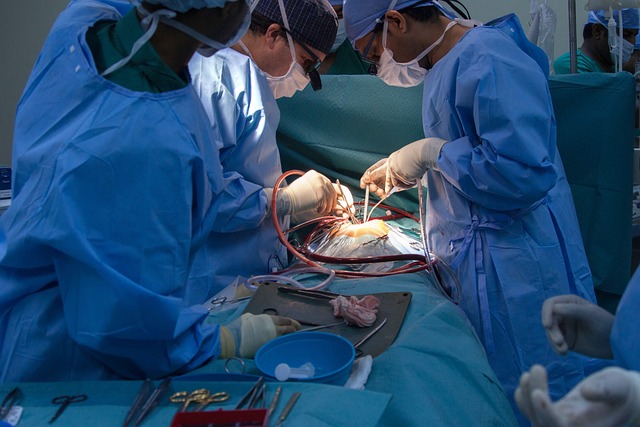
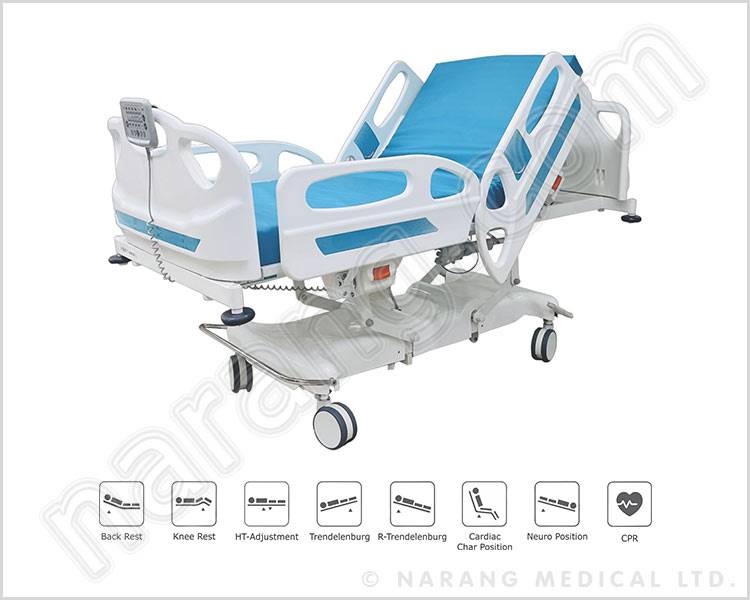
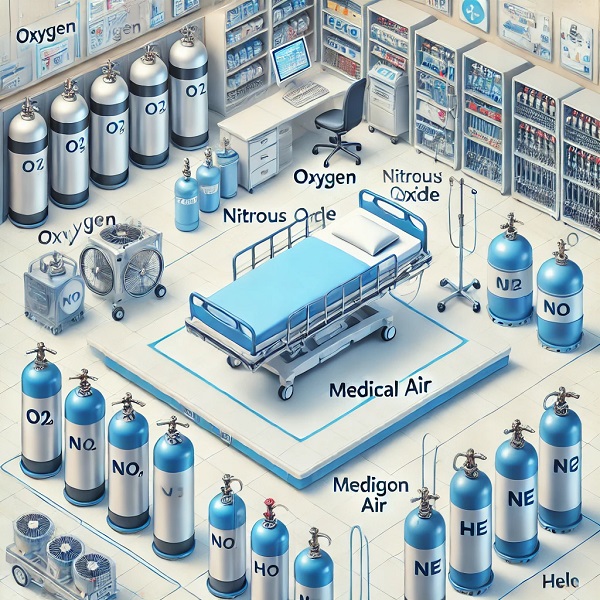
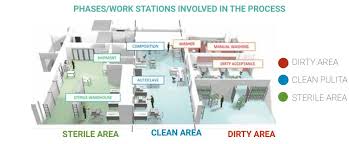




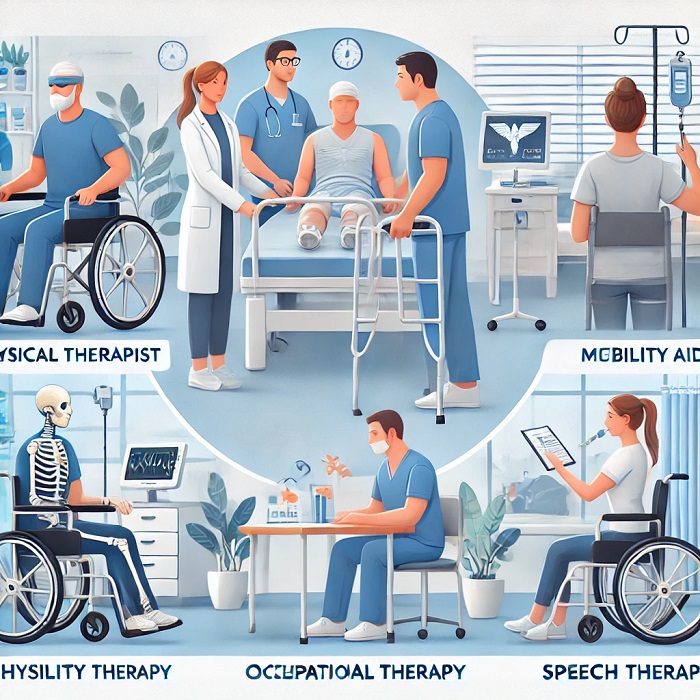






Beauty Fashion
The articles you write help me a lot and I like the topic